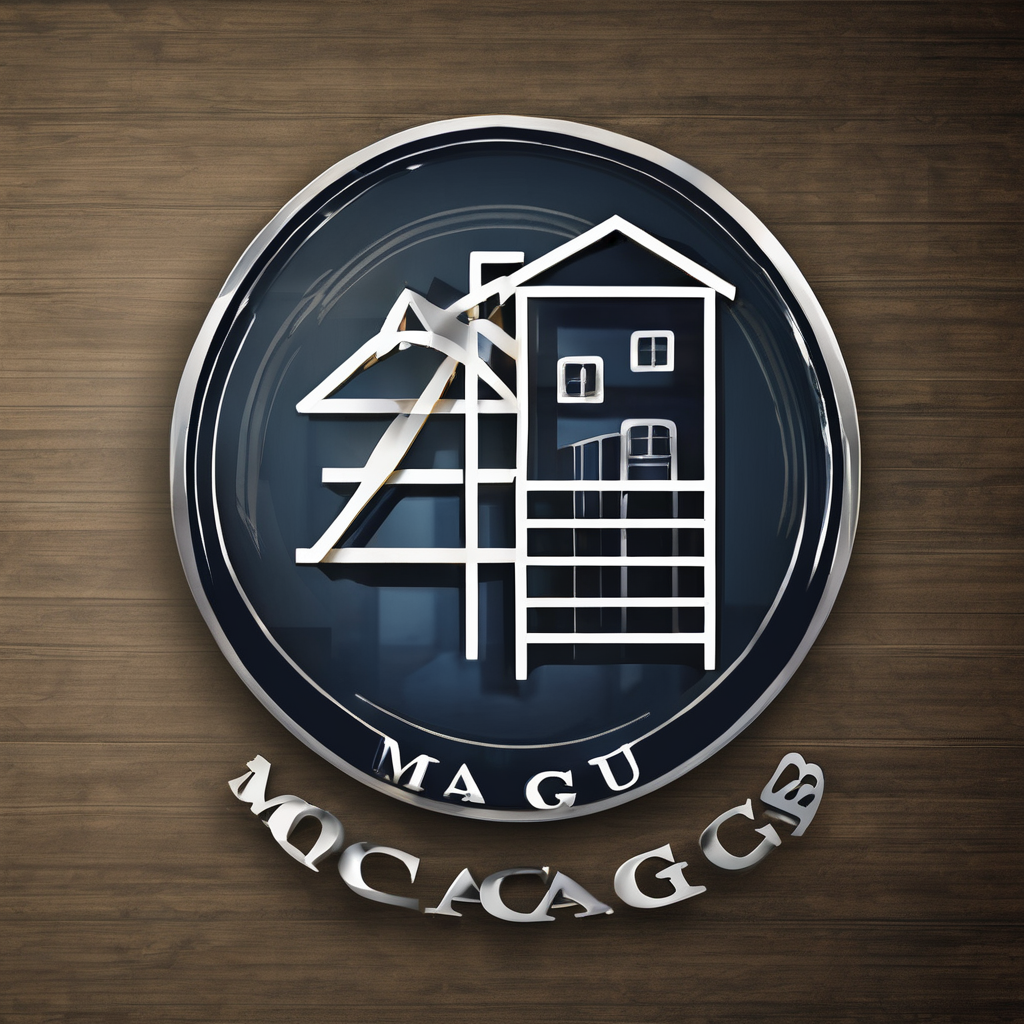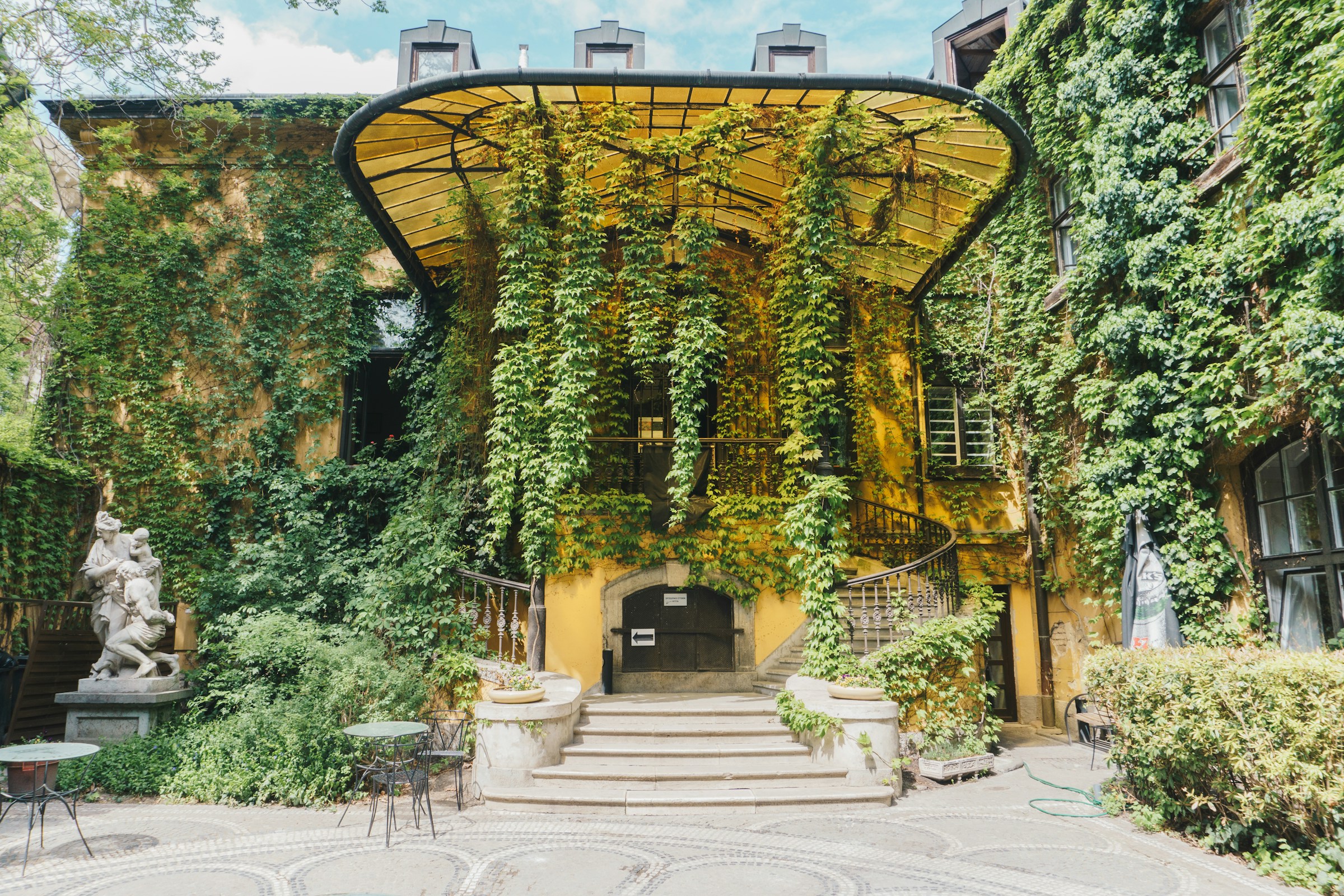In the bustling world of real estate, being aware of the latest trends is vital for success. A growing trend that has been capturing the attention of investors worldwide is the demand for green buildings. As energy efficiency and sustainability become more important than ever, the UK market is seeing an increase in the demand for such buildings. Investors who understand the potential of this market can benefit immensely. But how exactly can they capitalize on this trend? We delve into this question and provide valuable insights for investors in the UK real estate market.
Understanding the Rising Demand for Green Buildings
Before investing, it’s pivotal to comprehend why there is a surge in demand for green buildings. Green buildings are structures that prioritize energy efficiency, reducing emissions, and utilizing renewable materials in construction. They offer numerous benefits over traditional buildings, which has led to their rising popularity.
Sujet a lire : How do demographic shifts in Birmingham affect housing market trends?
According to a study by Google scholar, the market for green buildings in the UK is expected to grow by 14% annually until 2023. This growth is driven by the increasing awareness among tenants and buyers about the economic and environmental advantages of such buildings. Tenants are willing to pay more for the benefits that green buildings offer, including lower energy costs and a healthier living environment.
Government initiatives are also playing a significant role in boosting the green building market. The UK government has pledged to become carbon neutral by 2050, and green buildings are a crucial part of this plan. With stricter building regulations and attractive incentives for green construction, the government is encouraging investors to consider sustainable buildings.
A lire aussi : What are the best practices for conducting due diligence on commercial real estate in Edinburgh?
Green Building Certification and Its Importance
For a building to be considered green, it must meet certain standards and earn a green building certification. This certification is a stamp of approval that guarantees the building’s sustainability and energy efficiency. It’s a crucial factor that tenants and buyers consider when choosing a property.
In the UK, the most recognized green building certification is the BREEAM (Building Research Establishment Environmental Assessment Method). This certification assesses several aspects of a building, including energy use, waste management, water use, and the health and wellbeing of its occupants.
Investors who wish to capitalize on the demand for green buildings must ensure their properties are BREEAM certified. This not only makes the property more appealing to potential tenants but also increases its market value, leading to a higher return on investment.
The Cost and Return on Investment of Green Buildings
Building green comes with its costs. Green construction typically requires a higher initial investment than traditional construction. This is due to the specialized materials and technologies used in these buildings. However, these costs are offset by the lower operating costs of the buildings and the higher rents they command.
According to several industry studies, green buildings are not only more profitable in the long run, but they also have a lower risk profile. They are less likely to become obsolete and more likely to retain their value over time. Additionally, they attract more tenants, ensuring a steady income for the investor.
The potential return on investment from green buildings is therefore substantial. Investors who are willing to bear the initial costs can reap significant rewards in the long term.
Marketing Green Buildings to Tenants
Once a green building is ready for occupancy, it’s crucial to market it effectively to attract tenants. Given the increasing awareness among tenants about the benefits of green buildings, marketing such properties requires a different approach.
In marketing green buildings, focus on the tangible benefits for the tenants. Highlight the lower energy costs, the healthier living environment, and the positive impact on the environment. Use the green building certification as a selling point. It’s also a good idea to provide potential tenants with real case studies of people who have benefited from living in a green building.
Future Trends in Green Building Investment
Looking ahead, the demand for green buildings is only expected to grow. As the government ramps up its efforts to achieve carbon neutrality and as more people become aware of the benefits of green living, investors can expect a steady increase in the market for green buildings.
In the future, we might also see new technologies and methods that make green construction cheaper and more efficient. Investors who stay abreast of these trends and adapt to them will be in a prime position to capitalize on the growing demand for green buildings in the UK.
In conclusion, investing in green buildings presents a lucrative opportunity for property investors in the UK. With the right understanding of the market, a focus on obtaining green certification, and effective marketing, investors can achieve a high return on investment and contribute to a more sustainable future.
Strategies for Financing Green Buildings
Financing is a crucial aspect of real estate investment, and green building projects are no different. Given the higher initial construction costs, investors need to devise smart strategies for financing these projects. Traditional lending institutions may be hesitant to finance green building projects due to their unfamiliarity with the sector. However, several innovative financing options have emerged in recent years.
One such option is green bonds. As per Google Scholar, green bonds are debt instruments used to finance projects that have positive environmental benefits. Their popularity has surged in recent years due to the growing awareness about climate change and sustainable development. Green bonds not only provide the necessary capital for green construction but also enable investors to demonstrate their commitment to sustainability.
Another option is to seek financing from specialized green banks or funds. These institutions understand the unique aspects of green construction and are therefore more willing to finance these projects. They often offer better interest rates and more flexible loan terms than traditional banks.
Investors can also consider public-private partnerships. The UK government is keen on promoting green building and may offer financial incentives for such projects. By partnering with the public sector, investors can reduce their financial risk and improve their cash flow.
Despite the higher initial construction costs, the long-term benefits of green buildings make them a sound investment. Lower operating costs, higher rental premiums, and improved environmental performance can lead to a significant return on investment over the life cycle of the building.
Adapting to Evolving Green Building Technologies
As the demand for green buildings continues to rise, new technologies and practices are emerging to make green construction more affordable and efficient. Staying updated with these developments is essential for real estate investors who want to capitalize on the green building trend.
One such technology is Building Information Modeling (BIM). BIM allows architects and engineers to create digital representations of buildings, making it easier to incorporate energy-efficient designs and materials. It can also help in reducing construction costs and minimizing waste.
Another promising technology is the use of smart grids in buildings. Smart grids allow for better management of energy consumption, reducing energy costs, and enhancing the energy efficiency of the building, earning the building a higher BREEAM rating.
Emerging practices like modular construction and circular construction, where materials are reused and recycled, can also lead to cost savings and contribute to the low carbon credentials of the building.
It’s also vital for investors to keep abreast of changes in building regulations and green building certification criteria. New regulations could affect the profitability of their investments, while updated certification criteria could provide opportunities to enhance the sustainability and appeal of their properties.
Conclusion
The demand for green buildings in the UK is only set to rise in the coming years, driven by increasing public awareness about climate change, government initiatives, and the numerous benefits of green living. While green construction does entail higher initial costs, the long-term benefits make it a lucrative investment opportunity.
By understanding the factors driving this demand and adapting to evolving green building technologies, real estate investors can capitalize on this trend. Obtaining green building certification, devising smart financing strategies, and effectively marketing the benefits of green living to potential tenants are crucial steps in this process.
Investing in green buildings also aligns with the global push towards sustainable development and low carbon economies. It offers real estate investors a chance to contribute to the fight against climate change, while also enhancing their returns and future-proofing their investments.






